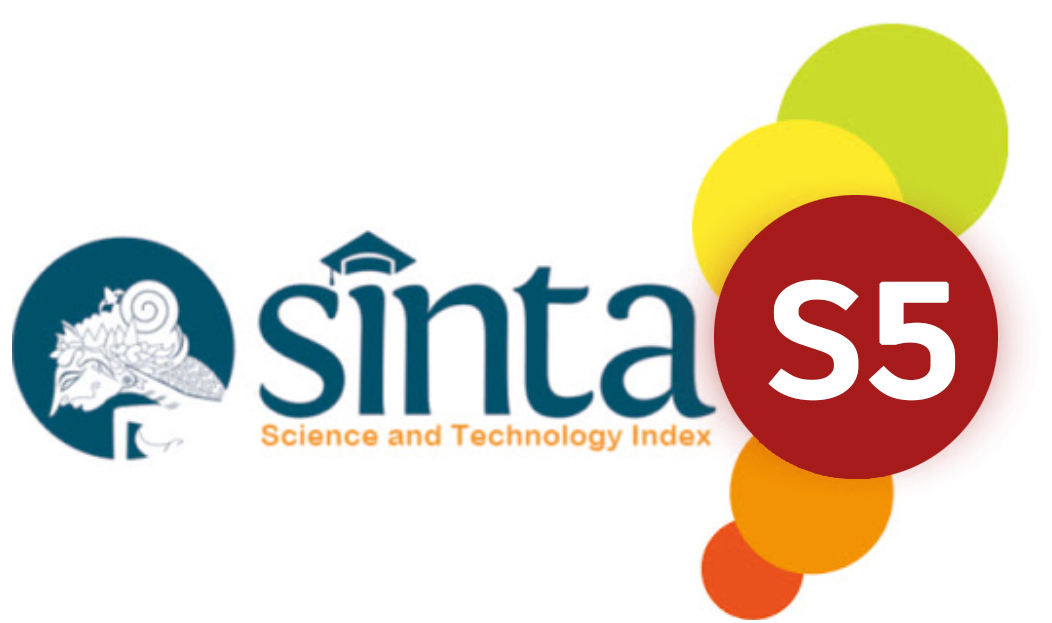Analisis Kemampuan Komunikasi Matematis Berdasarkan Self-Efficcy Siswa Dalam Pemecahan Masalah Matematika
Abstract
This study aims to determine mathematical communication skills based on students' self-efficacy in solving mathematics problems in junior high schools. This research method is a qualitative descriptive research method. The subjects of this study were students of class VIIC on the material of the Association. The technique of taking this subject uses a purposive technique. Selection of subjects based on the results of filling in the student self-efficacy scale. Next, the subject selection was taken by two students who had high self-efficacy and two students with low self-efficacy. Data collection techniques used questionnaires, tests, and field notes. The research instrument used a questionnaire and test. Data analysis techniques use data reduction, data display, and conclusion drawing. The results of this study indicate that students with high self-efficacy are able to express their mathematical ideas in the form of mathematical communication to find solutions to problems well. They look firm and confident in communicating their mathematical ideas into mathematical symbols and models. Students with low self-efficacy still have difficulty communicating their mathematical ideas and are not thorough in solving problems. They are also often less precise in using mathematical terms and notations.
References
Apriliani, L. R. & Suyitno, H. 2016. Kemampuan Berpikir Kreatif Matematis Berdasarkan Kecemasan Matematika Pada Pembelajaran Creative Problem Solving Berteknik Scamper. Unnes Journal of Mathematics Education Research, 5(2): 131-140.
Asikin, M., & Junaedi, I. 2013. Kemampuan Komunikasi Matematika Siswa SMP dalam Setting Pembelajaran RME (Realistic Mathematics Education). Unnes Journal of Mathematics Education Research,2(1),203-213.
Aufin, M. 2012. Komunikasi dan Pemecahan Masalah dalam Pembelajaran Matematika. Jurnal Psikologi,1(2),94-110.
Bandura, A. 2006. Article of guide for Contructing Self Efficacy Scales.by Information Age Publishing.
Depdiknas. 2006. Permendiknas No 22 Tahun 2006 Tentang Standar Isi. Jakarta: Depdiknas.
Depdikbud. 2014. PERMENDIKBUD No.58 Th. 2014 tentang Kurikulum 2013 Sekolah Menengah Perrtama/Madrasah Tsanawiyah. Diunduh dari http://staff.unila.ac.id/ngadimunhd/files/2012/03/Permen-58-ttg-Kurikulum-SMP.doc tanggal 12 mei 2019.
Fonna, M. & Mursalin. 2014. Role Of Self-Efficacy Toward Students ‘Achievement In Mathematical Multiple Representation Ability (MMRA). Jurnal Ilmiah Peuradeun, 6, 31-40.
Ismawati, N., Junaedi, I. & Masrukan. 2015. “Strategi dan Proses Berpikir Dalam Menyelesaikan Soal Pemecahan Masalah Berdasarkan Tingkat Kecemasan Matematika”. Unnes Journal of Mathematics Education Research, 4(2):93-101.
Juhrani, Suyitno, H. & Khumaedi. 2017. Analisis Kemampuan Komunikasi Matematis Berdasarkan Self-Efficacy Siswa Pada Model Pembelajaran Mea. Unnes Journal of Mathematics Education Research, 6(2), 251-258
Miles, M. B. & Huberman, A. M. 1992. Analisis Data Kualitatif (Terjemahan Tjejep Rohadi). Jakarta: UI Press
Muklis, Y. M. & Sanhadi, K.C.D. 2016. Kontribusi Self Efficacy dan Kemampuan Komunikasi Matematis Terhadap Prestasi Belajar Matematika Peserta didik. In Prosiding Konferensi Nasional Penelitian Matematika dan Pembelajarannya (KNPMP 1) Universitas Muhammadiyah Surakarta. Surakarta.
NCTM. 2000. Principles and Standards for School Mathematics. USA: NCTM.






